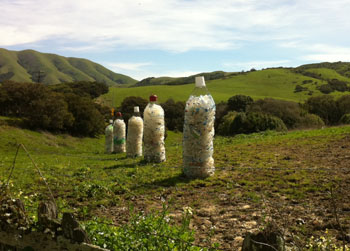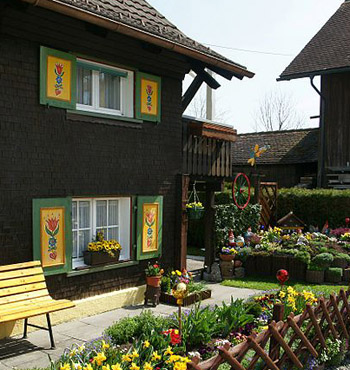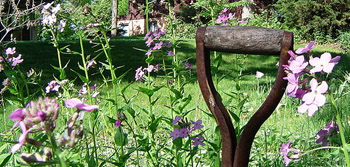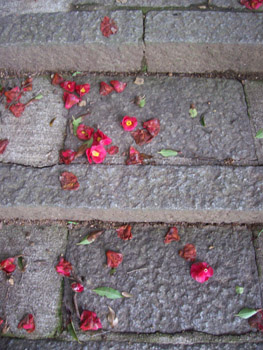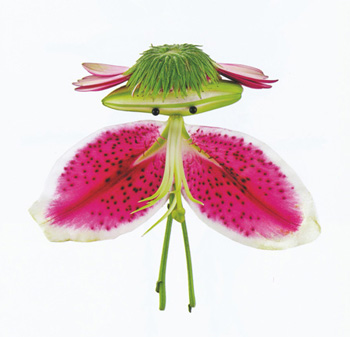
When I was 12 years old, I unexpectedly walked in on a flower show. It was in my junior high school cafeteria. I remember thinking what on earth are these women doing here hunched over these tables of flower pots—every single pot was an African Violet.
My gosh, I wondered, what had driven these women to this kind of obsession. No, actually at age 12, it was probably more like “this is weird,” followed by a quick exit.
Nevertheless, I had recognized these plants because my mother had had some at home. The pots lived on a setting of small rocks in a tray, soaking up some sun in the day-bright TV room. In a good week we would see purple blossoms and light pink ones too.
“Water them from the bottom, she’d say, don’t drip water on the leaves.” They were a first introduction to fuzzy leaves.
Another vague memory I have is inserting an African violet cutting into a jam glass topped by aluminum foil, I guess to hold the leaf in place. In about a month a root would form and we’d pot it. Months later there would be a bigger plant. Propagation is fun, see? That’s about the extent of my memory.
Recently, I visited a friend named Mary. In her living room window she has a large round and rustic wicker basket overflowing with a grouping of six very healthy Saintpaulia in a southerly window. They look as healthy as can be. She feigns horticultural nonchalance about their success, but I want to learn her secrets.
Today I explored an African Violet blog in Romania (she grows Buckeye Blushing, Bliznecy, Autumn Halo, Ma’s Winter Moon) and another blog in Sweden where I learned “There are about twenty wild species of African violets, some of which are endangered in their natural habitats in East Africa. In the range of 40-45,000 hybrids circulate among collectors and growers in the world!” A translated Ukrainian blog reads “My violets are increasingly occupying space in my apartment, but nevertheless, I always bring home new varieties.”
If you are interested in growing AV’s to show, check out this website www.avsc.ca. At Amazon dot com, there’s a few copies left of Pauline Bartholomew’s “Growing to Show . . . African Violets”. Other books about African Violets are also available.
There’s also the African Violet Society of America www.avsa.org. which incorporated in 1947 and has grown to be “the largest society devoted to a single indoor plant in the world.”
I got a kick out of a YouTube video walking the viewer through an entire African Violet show in Central New Jersey (2010). Great specimens. Click here to view it. Chet Atkins and Les Paul were at the show too (kidding).
Also at Youtube you can find short demos on how to propogate them, for example this one.
Isn’t it nice how memories grow fonder with the passing of each year? Viva la African Violets!
I’d love to hear of your childhood memories having to do with houseplants or gardening. Do share.
Photo source: Wikimedia Creative Commons Attribution-Share Alike by ‘Wildfeuer’
Nancy R. Peck
Read Full Post »
